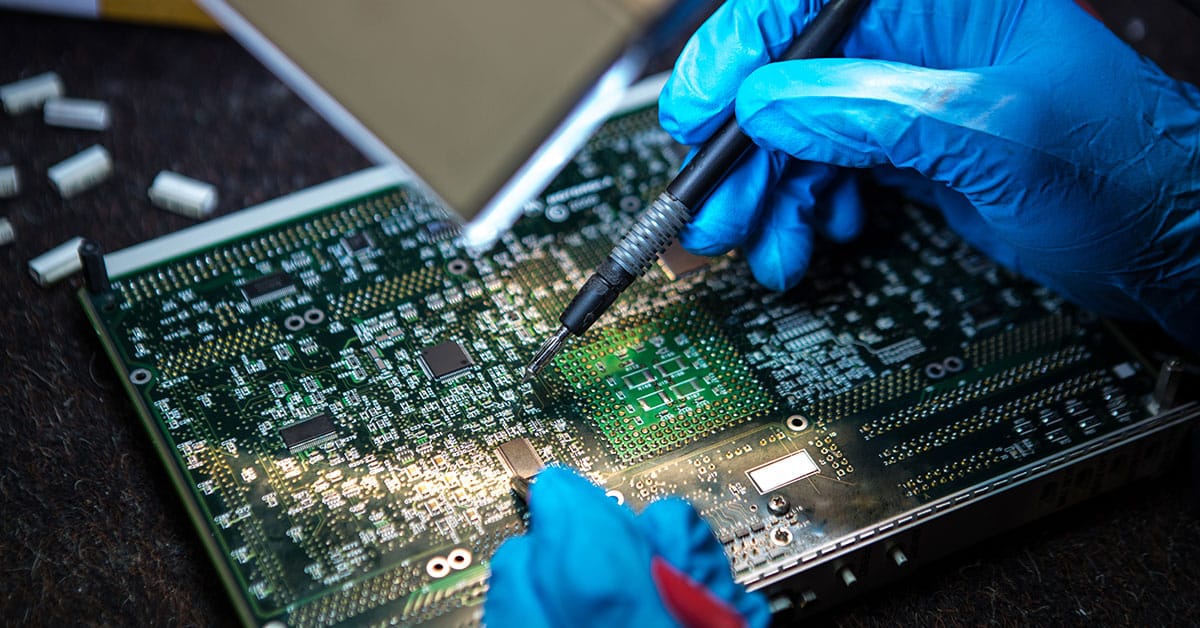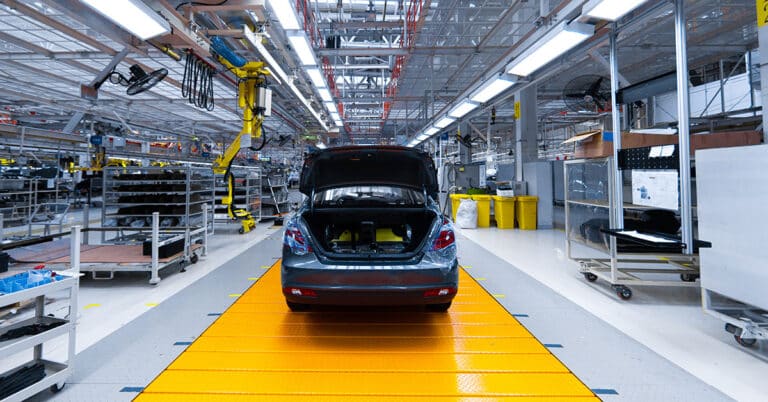Each year, factories waste millions of dollars by concluding that new industrial parts are a prerequisite for trouble-free operation. But is replacing parts instead of repairing them really the most cost-effective option?
Data has shown, in repair vs. replace cost analysis, that repaired or re-engineered components can save 50% versus the cost of buying new. It’s natural for us to crave new things. From the latest gossip, to recent health trends, to the most up-to-date gadgets, new is nearly always perceived to be better. New is also perceived to be expedient—and when factory equipment malfunctions, it can seem faster and less bothersome to simply replace a worn part instead of repairing it. But parts replacement may not be the right decision for your business. Here are a few reasons repairing your industrial parts might be a long-term cost saver for your maintenance operations.
Repair vs. replace costs analysis
When considering to repair or replace for your maintenance needs, be sure to weigh the following factors to determine the most advantageous course of action.
- Consider the warranty period of the part: If a part is still within its warranty period, then the most cost-effective decision will be whichever is covered under the warranty, repair or replacement. If a part is out of warranty — or even if it is nearing the end of its warranty period — then you should take the cost analysis factors below into consideration as well. Why does it matter if a part is within warranty, but nearing the end of the period? Parts that have failed once are more likely to fail again. If the warranty only covers repairs, and is almost up, you may want to consider replacement instead.
- Get quotes for the price of the replacement vs. repair: If the cost to repair is greater than the cost of replacement, then there is no benefit to proceeding with the repair, and the part should be replaced. Furthermore, if the cost of maintenance is 60% or higher of the cost of a replacement part, you should also consider a new part purchase.
- Consider asset lifecycle management: A plant lifecycle management strategy takes a holistic, long-term view of the facility, as well as the parts and processes within it, including maintenance strategies and decisions. An asset lifecycle management plan may offer additional guidance for repair or replace decisions based on maintenance and ordering schedules, budgets, operating procedures and other factors.
- Consider downtime: How long your equipment will be down has a significant impact on your bottom line. Replacing parts vs. repairing them in-place may be the key to keeping downtime as minimal as possible, so think about your timeframe before making a decision.
- Prioritize safety: Equipment that breaks down frequently due to wear and tear represents a greater risk to employee safety.
Repairing parts can help predictive maintenance work better
Roughly 20% of plant operating expense is maintenance-related; for example, many electronic cabinets are exposed to dust, humidity and water, which is why they have gasket seals. But if those seals start to fail, a proper repair protocol would include replacing the chip that caused the failure of the board, followed by replacement of the cabinet seal so adverse conditions don’t cause similar problems in the future. Evolving standards in parts repair can support a move from reactive to predictive maintenance practices; updated technologies and root cause analysis techniques can measure equipment health in real time, with the repair process using such instruments to determine why something failed and how to predict future failure in other parts. “Replace with new” is a reactive strategy; repairing, by contrast, can reveal issues that support predictive maintenance approaches, not only making compliance easier but also causing factories to run more efficiently through improved design.
Collecting parts repair data supports critical decisions in your manufacturing environment
Recording all kinds of metrics, from mean time between failure to warranty tracking, inventory turns, last price paid and more, is critical. The discipline supports good manufacturing practices by documenting performance and identifying problems before they occur. And from a maintenance standpoint, if the same part fails multiple times in the same place or across similar units, data is available to determine the cause. There is a story behind every failed component. Don’t let that story get away in the scrap bin when choosing to repair or replace parts.
Repairing parts helps drive sustainability & green manufacturing practices
Choosing parts repair over replacement can help manufacturers meet sustainability and green manufacturing goals, while also saving money over the long run. How?
- Part repair reduces the need for production of brand-new parts.
- Repair also eliminates the need for transportation of new parts, vastly reducing the carbon footprint of a replacement.
- The repair and maintenance process may include reused or reclaimed components and materials that may have otherwise been scrapped.
Repairable parts management is more effective with parts repair
The best maintenance programs involve both transactional and Repairable Parts Management (RPM) options. Transactional services (such as our own Parts Repair offerings) provide offsite repair along with failure reports, reverse engineering, commercial calibration, warranties and more. RPM is a more robust onsite solution that captures more information and helps ensure the fastest turnaround time. When administered by a full-time team, it also includes industrial asset management, preventive maintenance programs, and process improvement efforts. All of these combined ensures that you’re getting the best value for your money. There will always be an appeal—and yes, sometimes an advantage—to fast, easy replacement of worn-out parts with new. The real point, however, is to determine not what is expedient, but what is most beneficial to the business.
By taking a more enlightened approach to parts management, it’s possible to make not only one piece of equipment run better—but your entire factory as well. Get more insight on replacing or repairing your factory parts from our whitepaper. Learn about ATS’ industry-leading parts repair services and capabilities or contact us to discuss your parts challenges.






